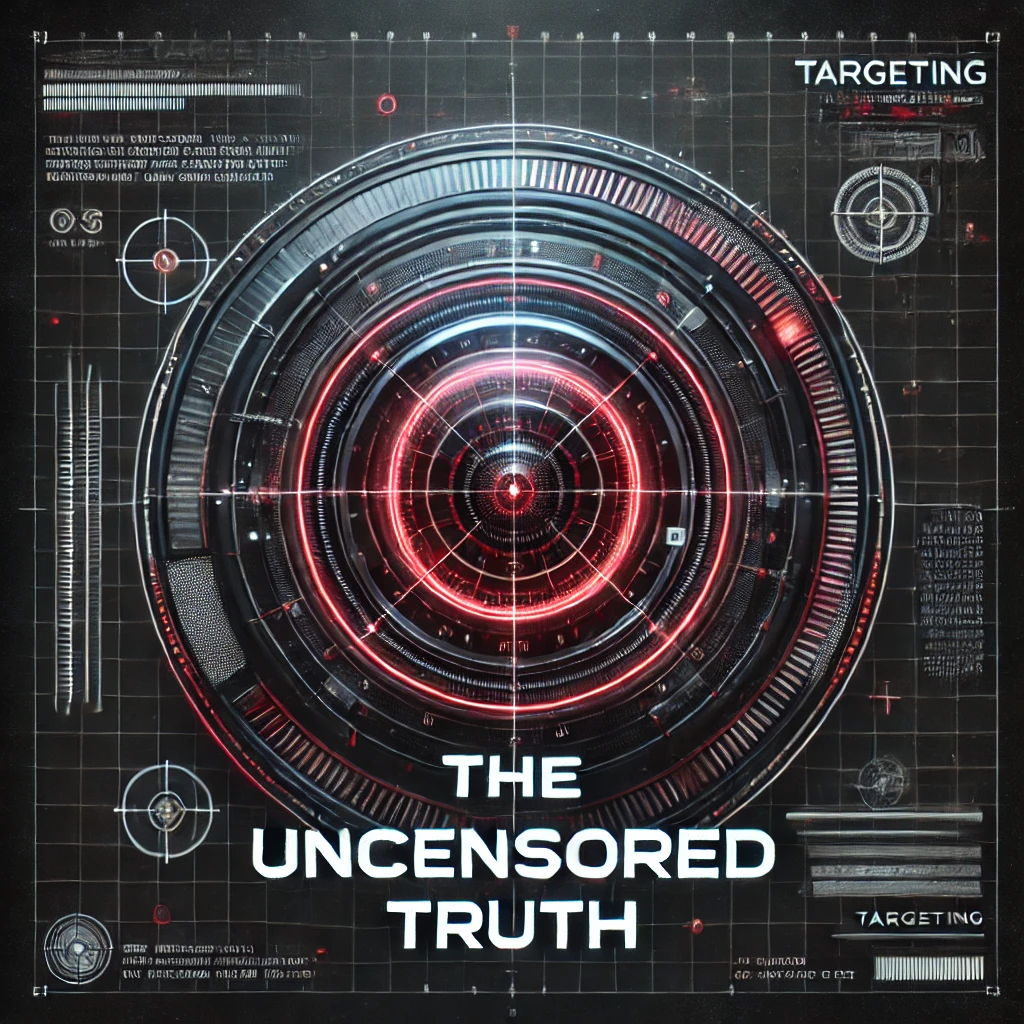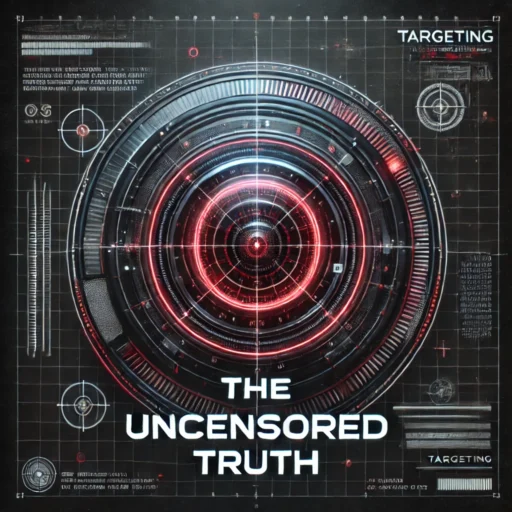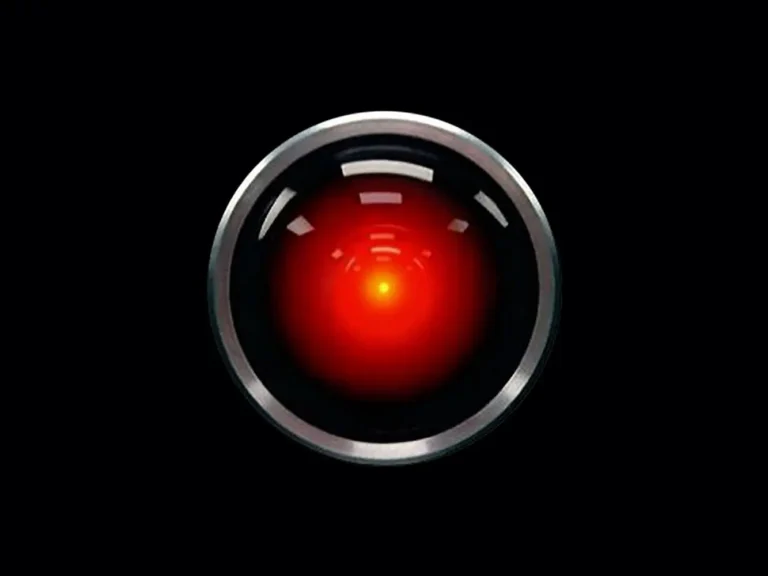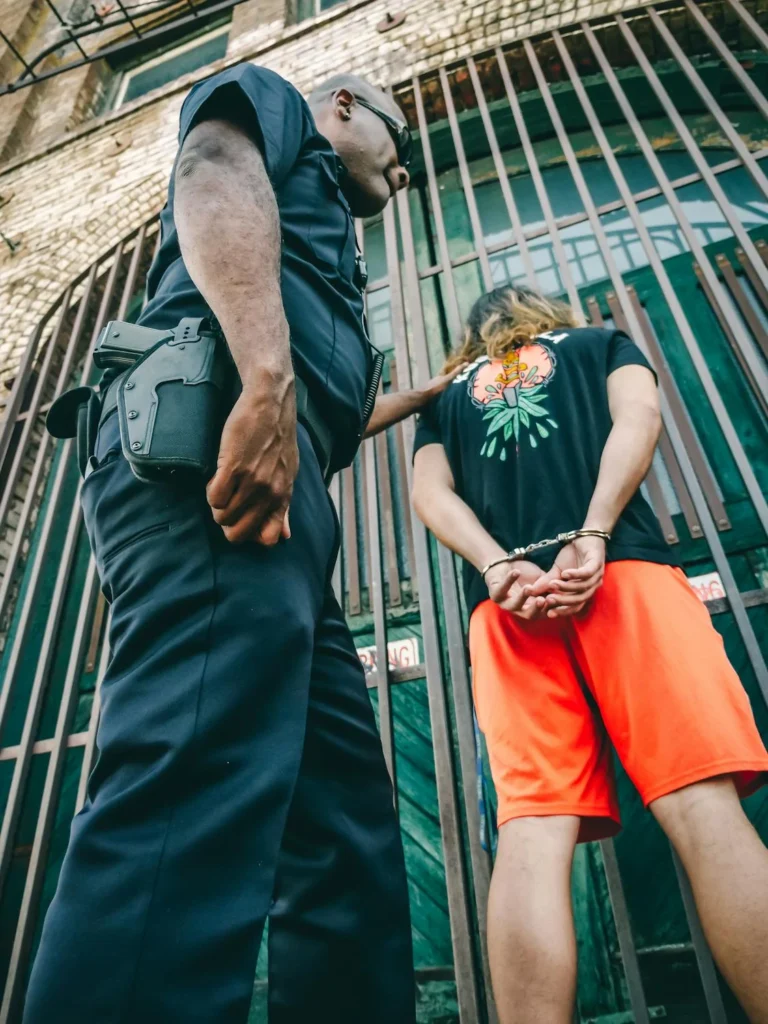🧠 I. The Promise That Became a Trap
For decades, higher education was sold as the great equalizer — a dependable path to success, security, and upward mobility. But for millions of borrowers, the reality has been far more punishing. What once symbolized opportunity now feels like entrapment.
This isn’t just about rising tuition or predatory loan terms. At its core, the student loan debt crisis is a system of monetized aspiration — one that extracts long-term value from the very people it promises to uplift.
And increasingly, it’s becoming clear: this isn’t a system that failed. It’s one that works exactly as designed.
💵 II. The Engine: Interest as a Tool of Control
The primary mechanism behind the student loan debt crisis isn’t just the loans themselves — it’s the way interest compounds over time.
-
A $30,000 loan can quietly morph into $60,000 or more with accrued interest.
-
Income-driven repayment plans often result in borrowers paying for decades — sometimes without even touching the principal.
-
Forbearance and deferment, while marketed as relief options, often accelerate long-term debt growth.
Many borrowers find that even after years of regular payments, their balances have grown, not shrunk. This isn’t financial mismanagement — it’s built-in dependency.
“It’s like quicksand,” said Megan, 41, who’s been paying since 2005.
“The more I pay, the more it feels like I’m sinking.”
🏛️ III. No Escape: Loans You Can’t Outrun
Unlike most forms of debt, student loans are uniquely persistent. Bankruptcy, which can discharge credit cards, medical bills, or even gambling debt, rarely applies to student loans. Courts require borrowers to prove “undue hardship,” a standard that is both vaguely defined and notoriously difficult to meet.
This legal framework creates an unprecedented form of economic entrapment. Once you sign, you’re in — for life.
And the longer you struggle to pay, the more valuable you become to the system.
🔗 IV. Brookings – The Looming Student Debt Crisis Is Worse Than You Think
This policy analysis explores how the structure of federal student loans — especially income-driven repayment and accruing interest — has created a self-perpetuating financial burden that disproportionately affects young and low-income borrowers.
📈 V. From Investment to Revenue Stream
The modern university isn’t simply a place of learning — it’s a corporate entity. Dorms now resemble luxury apartments. Gyms rival private health clubs. Administrative bloat continues unchecked. And students, lured by the promise of prestige and prosperity, are the ones footing the bill.
-
In 1970, a year of public university tuition cost roughly $500.
-
Today, it exceeds $10,000 — not including room, board, or books.
-
Private college costs can soar beyond $70,000 annually.
Yet wage growth for graduates has stagnated. The return on investment has plummeted — but the price of access continues to climb.
The result? The student loan debt crisis is no longer a side effect of higher education. It is its fuel.
🧾 VI. The Pipeline: Debt Before Degrees
High school students, often still minors, are encouraged to take on massive debt loads before fully understanding the consequences. Counselors and cultural norms alike push college as the default life path — regardless of cost.
The marketing is relentless: “College is an investment in your future.” But the debt contracts don’t mention how long the future must be mortgaged to pay for it.
And once the loans are signed, a vast infrastructure — servicers, collectors, and federal agencies — begins to profit before the student ever enters the workforce.
📉 VII. The Broader Economic Cost
The student loan debt crisis doesn’t just harm individual borrowers. It distorts the entire economy:
-
📊 Homeownership is delayed as young people can’t qualify for mortgages.
-
🚫 Entrepreneurship is stifled by risk-aversion and repayment obligations.
-
💸 Consumer spending shrinks, dragging on economic growth.
-
🧓 Retirement planning suffers as debt follows borrowers into their 40s, 50s, and beyond.
Student debt reshapes financial life at every level — and in doing so, shapes social behavior. People marry later, have fewer children, and remain tied to jobs they might otherwise leave, just to maintain the ability to pay.
It’s not just personal debt — it’s collective stagnation.
⚙️ VIII. The Politics of Paralysis
Every few years, debt relief surfaces as a political talking point. Forgiveness programs are announced, modified, blocked, or litigated. Relief is dangled, then pulled back.
-
Public Service Loan Forgiveness? Buried in bureaucracy.
-
Biden’s forgiveness plan? Blocked by courts.
-
Income-driven plans? Renamed, rebranded, restructured.
And while promises are made, the machine continues. New borrowers enter. Old borrowers remain trapped. The wheel turns, and the crisis deepens.
Meanwhile, politicians receive campaign donations from private lenders, education lobbyists, and for-profit institutions — the very players who benefit most from keeping the system as-is.
🧠 IX. A System Designed for Submission?
Critics argue that this is not a failure of oversight — it’s the success of a design.
“Student debt is a control mechanism,” says financial reform advocate Jason Meyers.
“It suppresses independence. It encourages conformity. It keeps people working, consuming, and quiet.”
That may sound conspiratorial — until you examine the incentives.
-
Lenders profit from long-term repayment.
-
Colleges profit from inflated tuition.
-
Employers benefit from a workforce less likely to walk away.
-
Governments enjoy predictable returns without political fallout.
In such a system, education becomes less about empowerment — and more about entrenchment.
📚 X. The Cultural Conditioning of Compliance
Part of what sustains the student loan debt crisis is cultural — not just structural.
Students are told that debt is “normal,” that “everyone has loans,” and that lifelong repayment is just part of being an adult. But this normalization masks exploitation.
Imagine any other system where debt follows you for decades, can’t be discharged, and often grows faster than it shrinks — and where questioning it is framed as irresponsibility rather than inquiry.
This isn’t just financial — it’s psychological. A generation has been taught to accept debt as identity. And that identity is hard to challenge once internalized.
🔒 XI. Freedom Deferred: When Loans Shape Lives
The student loan debt crisis is not merely about money. It’s about power — the ability to make choices unencumbered by obligation.
Ask borrowers what they’d do without their loans, and you’ll hear recurring answers:
-
“Buy a home.”
-
“Start a business.”
-
“Go back to school — for something I actually love.”
-
“Have a child.”
-
“Retire.”
These aren’t luxuries. They’re basic life milestones. And yet, for many, they remain out of reach.
Because the system isn’t just about paying off debt. It’s about what debt prevents you from becoming.
🧾 XII. Conclusion: A Design Too Profitable to Fix?
The student loan debt crisis didn’t happen by accident. It is the product of decades of decisions — by policymakers, institutions, and industries — that prioritized revenue over reform.
Until the incentives change, nothing else will.
We need to ask:
-
Why is debt the only path to education?
-
Why can’t student loans be discharged in bankruptcy like other forms of debt?
-
Why are forgiveness programs harder to qualify for than the loans themselves?
Until those questions are answered honestly, the system will continue — efficient, profitable, and devastatingly effective.
Because when debt becomes the design, freedom becomes the collateral.








